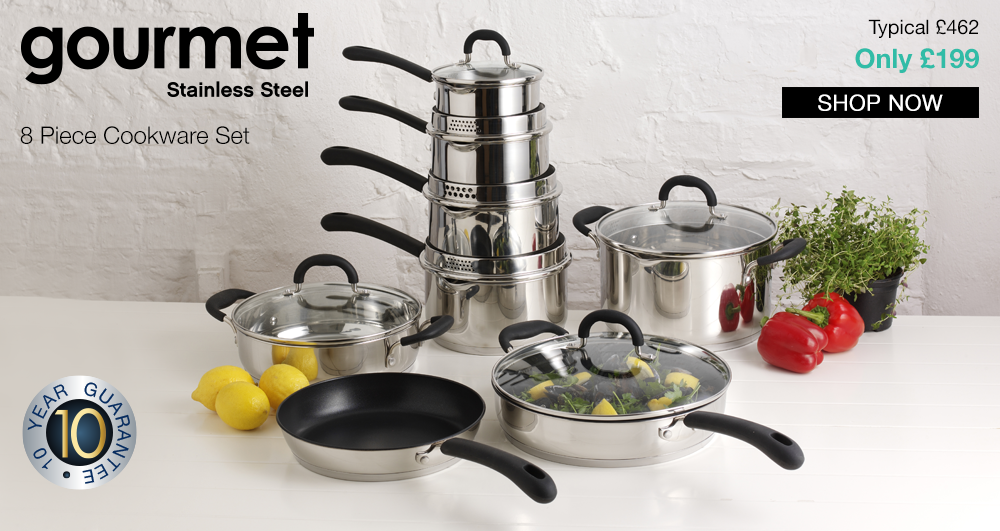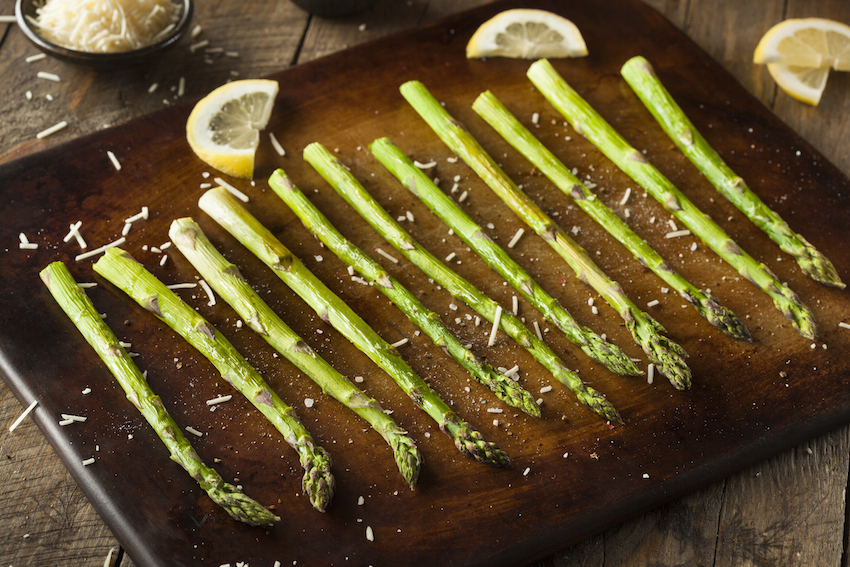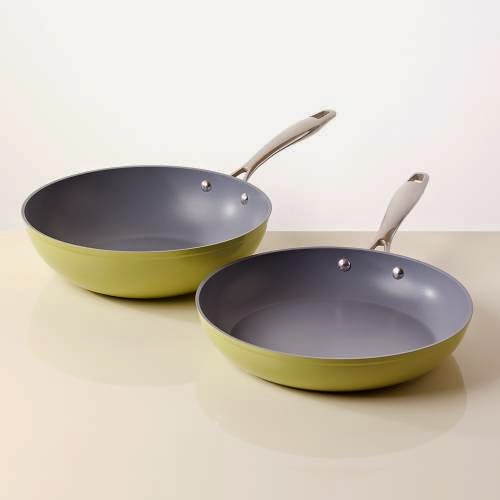We’ve all thought of endless ways to use our cast iron casserole pots but what about the humble oven dish? We’ve pulled together five simple veggie friendly, oven dish delights guaranteed to make any mealtime.
1. Easy mac & cheese
Ingredients
400g macaroni
50g butter
2 tbsp. plain flour
500ml milk
250g cheddar cheese, grated
Black pepper
Total time: 45 minutes
Directions
Cook the macaroni in a large pan of boiling water according to cooking instructions. Melt butter in a small saucepan, add flour and stir for one minute over a low heat. Gradually add milk, stirring until smooth. Gently bring to the boil and simmer for 2 minutes. Remove from the heat and add a third of the grated cheese, mix until melted. Drain the pasta and pour into the oven dish. Add the cheese sauce and rest of the cheese and black pepper and bake for 20 minutes until golden.
2. Oven baked crushed potatoes with rosemary &Stilton
Ingredients
500g new potatoes
1 tbsp. vegetable oil
1 red onion, sliced
4 sprigs rosemary
2 garlic cloves, crushed
60g stilton, crumbled
Salt & pepper
Total time: 35 minutes
Directions
Preheat oven to 200°C. Boil potatoes for 10 minutes and drain. Grease the oven dish and add the onion, rosemary, garlic, salt and pepper and combine well. Add the potatoes and coat with the mixture. Roast in the oven for 20 minutes. Remove from the oven, gently crush and add the Stilton. Bake for a further 5 minutes until cheese has melted and serve.
3. Roasted root vegetables
Ingredients
4 Maris Piper potatoes
1 large butternut squash, deseeded and peeled
3 small beetroot
1 red onion
2 parsnips
1 head of garlic, separated and crushed
2 tbsp. olive oil
Salt & pepper
Total time: 50 minutes
Directions
Preheat the oven to 220°C. Chop all vegetables in to 3 - 4 cm pieces. Toss all vegetables with the garlic, oil and seasoning. Place the vegetables in the oven dish (you may need two so the vegetables are spread evenly). Roast for roughly 45 minutes, stirring occasionally until golden brown.
4. Oven baked Cajun wedges
Ingredients
3 medium potatoes
1 tbsp. olive oil
1 tsp. Cajun spices
Salt
Total time: 40 minutes
Directions
Preheat the oven to 200oc. Cut the potatoes in to wedges about 2 – 3cm thick. Toss the potatoes with the olive oil, pinch of salt and Cajun seasoning. Place the wedges in oven dish and bake for 30 – 35 minutes stirring occasionally. Serve warm with a choice of dip.
5. Baked tomatoes, squash and potatoes
Total time: 40 minutes
Ingredients
2 tbsp. olive oil
1 small onion, diced
2 small tomatoes, sliced
1 large potato, sliced
1 small squash, deseeded and sliced
Salt & pepper
1 sprig fresh thyme
2 tbsp. freshly grated parmesan
Directions
Preheat oven to 360°C. Heat oil in a saucepan and fry onions until tender. Arrange onion in the oven dish; overlap the tomato, squash and potato on top. Season with salt, pepper, thyme and Parmesan. Drizzle of oil. Bake for approximately 30 minutes until golden.





.jpg)








